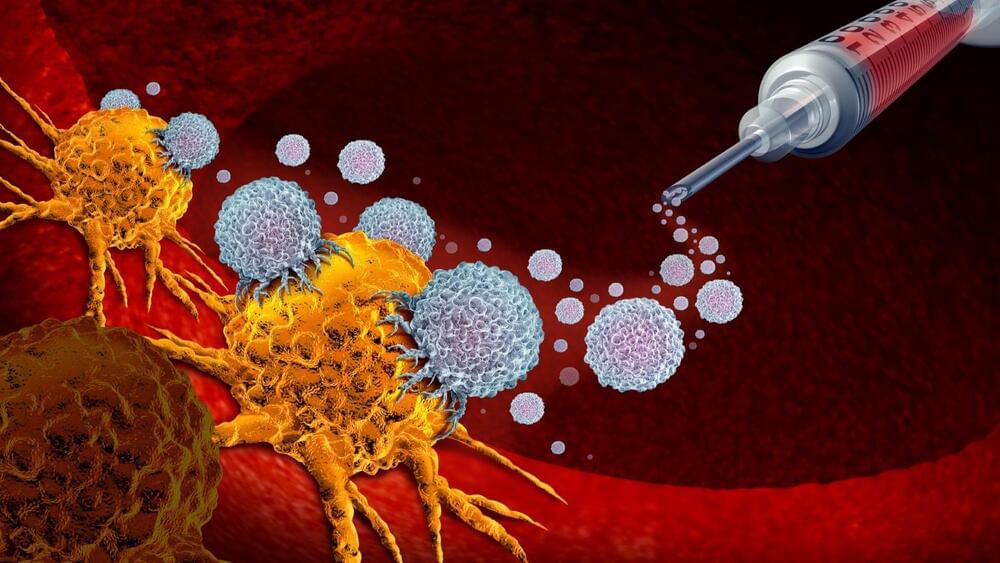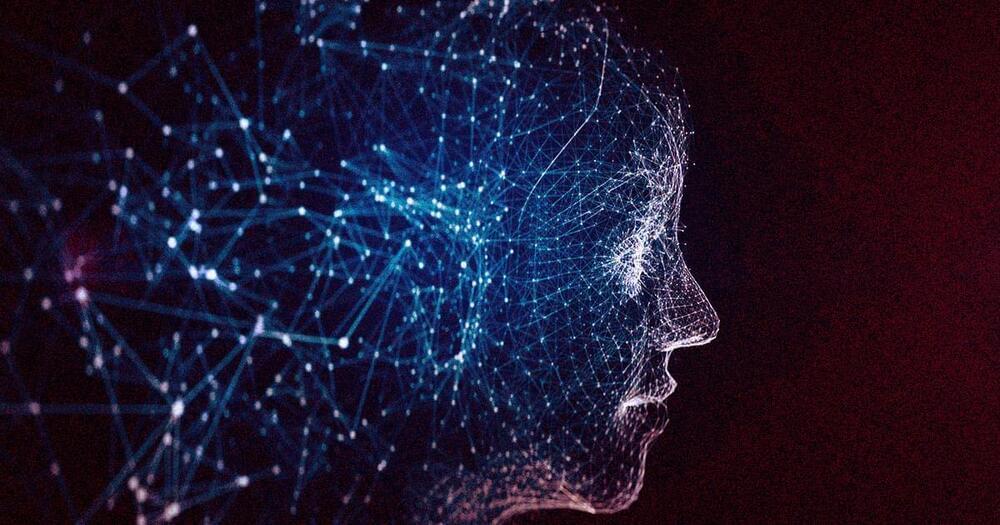A recent book explores what they’re telling one another in different locations.
Lessons from COVID vaccine development and approval can aid the process.
According to Uğur Şahin and Özlem Türeci, the founders of the German company BioNTech, mRNA vaccines that can help target cancer could be ready for use before the end of this decade, The Guardian.
Wildpixel/iStock.
BioNTech’s big pivot.
AI image generator Dall-E2 is about to find a new host. Microsoft will integrate the AI-based image generator with Microsoft Designer, a video-making tool to be available within the Microsoft Office suite. Till recently, Dall-E2 which is looked down upon as an app meant for only playing around with text prompts will be a part of Microsoft’s AI graphic design app. Designers and video makers who find it difficult to search for unique images can now leverage Microsoft’s Designer app to compose videos with imagery of their choice. Microsoft’s venture is seen as a step toward competing with design major Canva, which boasts more than 100 million active users. During the Ignite Conference held recently, Microsoft announced that it would integrate Dall-E 2 into the yet-to-be-released Designer app as well as existing Bing and Edge.
There is a lot of uranium in seawater, but it is difficult to extract. A new gel may make marine uranium extraction economically feasible.
So, today we are releasing the Crossmodal 3,600 dataset, which provides 261,375 reference captions in 36 languages for a geographically diverse set of 3,600 images.
I recently wrote about how viscoelastic fluids can be used in liquid body armor to stop bullets. While spacetime isn’t a fluid in the traditional sense, it has many of the same properties. In particular, it deforms when a massive body or any energy at all passes through it. The spacetime manifold resists deformation and seeks to return to flatness whenever a massive body passes on. This property is elasticity.
I’ve been blown away by #stablediffusion and AI art. In another video I’ve used #deforum and also had a look at #discodiffusion. This time I wanted to use Automatic1111. As a music producer and creator, I originally felt threatened by the technology but what I’ve come to realise is this. If you use it like a director/ producer you’ll be able to make things beyond that of the average AI art fan.
I challenged myself to produce a track and video in under 12 hours and created this, using a combination of over a decades worth of creative insights and a new piece of AI tech (Stable Diffusion), I’m absolutely blown away by the results.
💬 | DISCORD
‘Pretty empty right now but the aim’s to eventually have it as a creative network where people can share insights into art and tech’
https://discord.gg/HNecqYUwZT
◆ THANKS FOR YOUR SUPPORT ◆
Building a channel takes a lot of work and I wouldn’t be able to do it without all the support, so it’s much appreciated!
◆ LINKS ◆
A team of researchers at Northwestern University has devised a new platform for gene editing that could inform the future application of a near-limitless library of CRISPR-based therapeutics.
Using chemical design and synthesis, the team brought together the Nobel-prize winning technology with therapeutic technology born in their own lab to overcome a critical limitation of CRISPR. Specifically, the groundbreaking work provides a system to deliver the cargo required for generating the gene editing machine known as CRISPR-Cas9. The team developed a way to transform the Cas-9 protein into a spherical nucleic acid (SNA) and load it with critical components as required to access a broad range of tissue and cell types, as well as the intracellular compartments required for gene editing.
Introducing: The Synthetic Party, a new political party in Denmark that hopes to soon have a parliament seat. Oh, and by the way, its head honcho, Leader Lars, is actually an AI chatbot, and all of its policies are AI-derived. Cool?
Asker Staunæs, the creator of the party and an artist-researcher at the nonprofit art and tech organization MindFuture, told Motherboard that Leader Lars is specifically trained on policies formed by post-1970 Danish fringe parties — and thus, he says, the party is designed to collectively represent the roughly 20 percent of present-day Danish voters whose parties remain unrepresented in parliament.
“We’re representing the data of all fringe parties, so it’s all of the parties who are trying to get elected into parliament but don’t have a seat,” Staunæs told the site. “So it’s a person who has formed a political vision of their own that they would like to realize, but they usually don’t have the money or resources to do so.”
The top machine learning researcher at Facebook is quietly building a roadmap towards an “autonomous” AI that has common sense.









